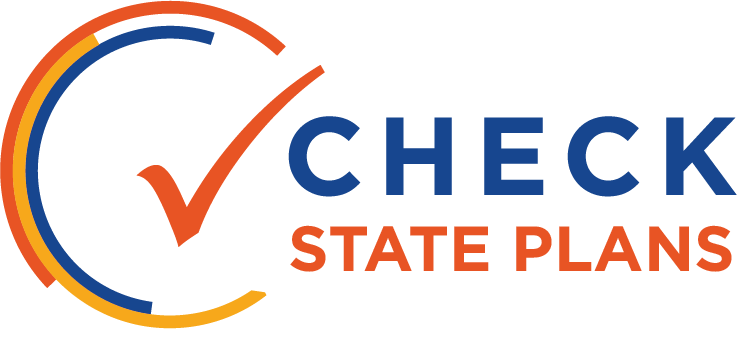
GOALS

Mississippi has a strong, student-focused vision of college and career readiness; however, it recognizes that it has a long way to go, given very low student achievement.
Mississippi has aligned its long-term goals with those established by the Mississippi State Board of Education’s Strategic Plan from 2015. The state sets a 10-year timeline for long-term goals with the rationale that today’s third graders—the first grade on which the state collects data—will be 12th graders in 10 years when college- and career-readiness data are available.
In that 10-year timeline, Mississippi has the goal of 70 percent of all student subgroups achieving proficiency in English Language Arts (ELA) and mathematics. By setting a consistent goal across all subgroups, the state’s ESSA Advisory Committee is attempting to close gaps in performance among subgroups. The baseline scores for ELA and math for the all-students group are 33 percent and 31 percent, respectively, and for black students, 19 percent and 17 percent. Therefore, a 70 percent goal seems ambitious for all students and subgroups of students as it more than doubles proficiency rates for most groups and will eliminate achievement gaps should Mississippi achieve these goals. However, the state does not provide data to suggest why it chose 70 percent as a target, and, given historical trends, these goals are likely not achievable.
Mississippi aims to close the graduation rate gap between student subgroups and all students by 2025.
As a long-term goal, Mississippi aims to close the graduation rate gap between special education students and all students from 47 percent to 20 percent, as the all-students graduation rate increases to 90 percent and the special education students subgroup increases to 70 percent by 2025. This goal would more than double the current graduation rate for special education students (from 34.7 percent to 70 percent). Mississippi will now include in the graduation rate students with significant cognitive disabilities who earn an alternate diploma; however, it does not indicate the impact this policy will have on the current rate, nor does it denote that the 2015-16 baseline data is based on a different calculation. Again, the state does not provide a rationale to suggest why it chose these particular goal targets. In addition, the graduation rate goals for all other subgroups are different, unlike the other long-term goals that set the same target for all subgroups, and there doesn’t appear to be one consistent method for calculating the separate goals.
Mississippi has also set long-term goals for English learners making progress toward English language proficiency by 2025.
With 48 percent of English learners currently making sufficient progress, Mississippi aims to increase this percentage by roughly two percentage points each year, to 70 percent by 2025. To determine whether English learners are making gains, Mississippi will count the number of English learners increasing their composite proficiency level, to the next highest level on its LAS Links assessment. Mississippi could strengthen its plan by adding further information regarding how these goals align with the state’s overall expectation for students to exit English learner services within five years.
 OVERVIEW
OVERVIEW





